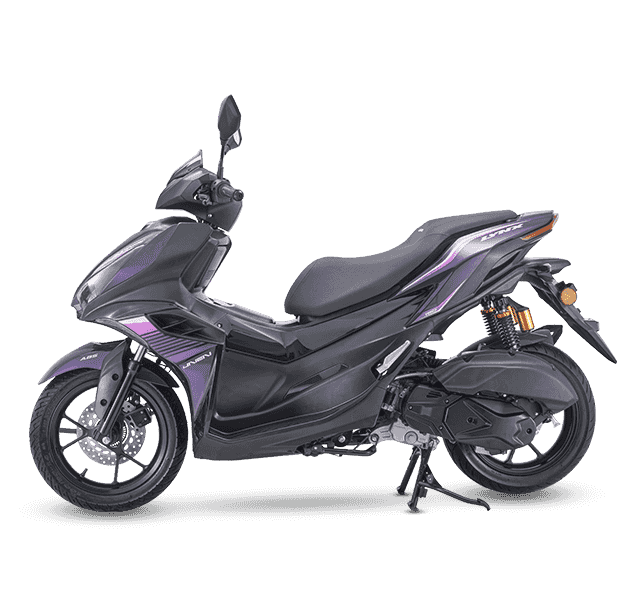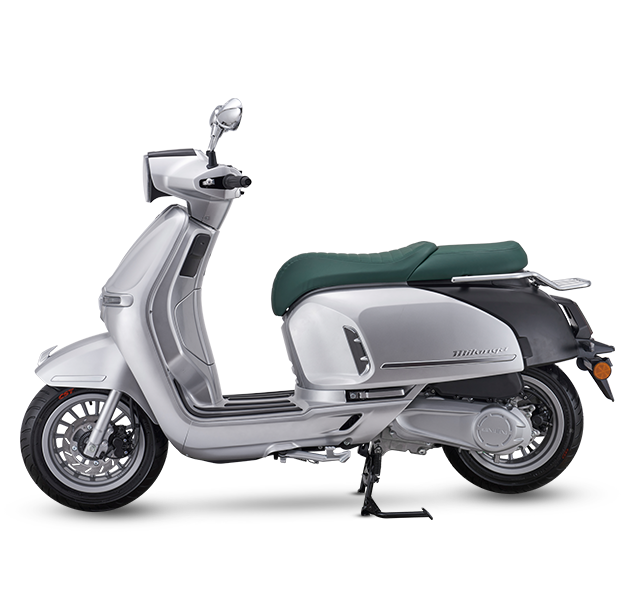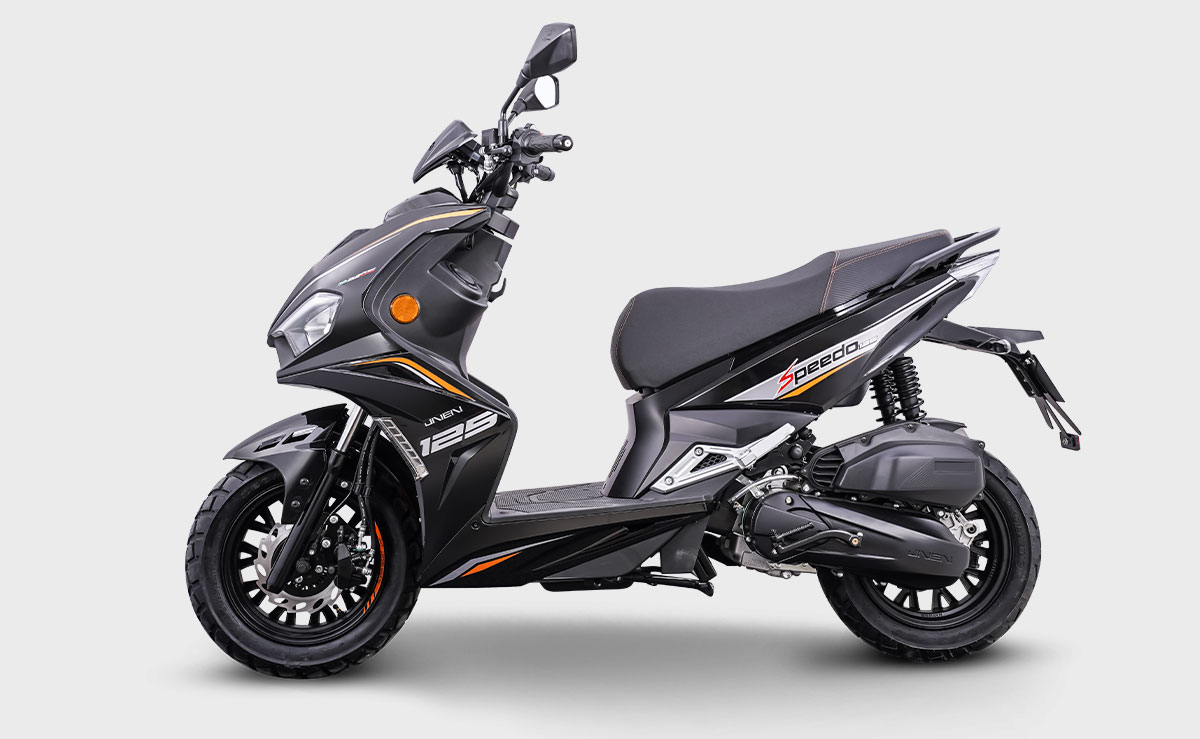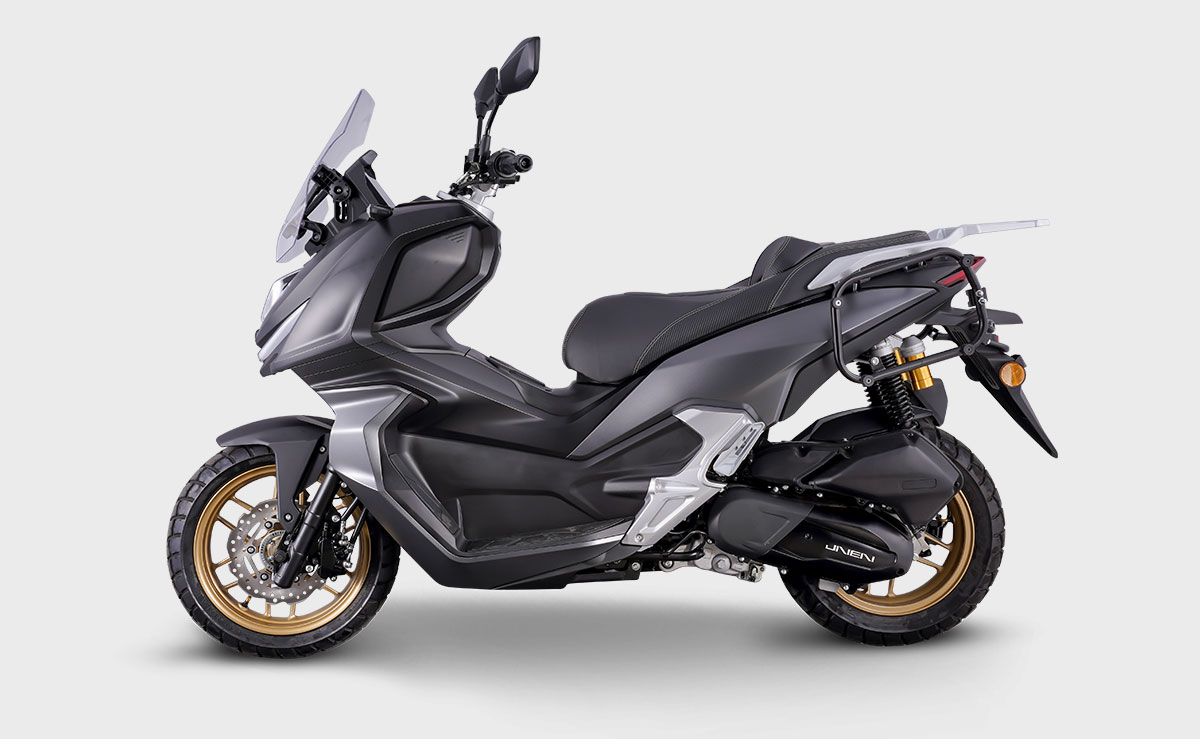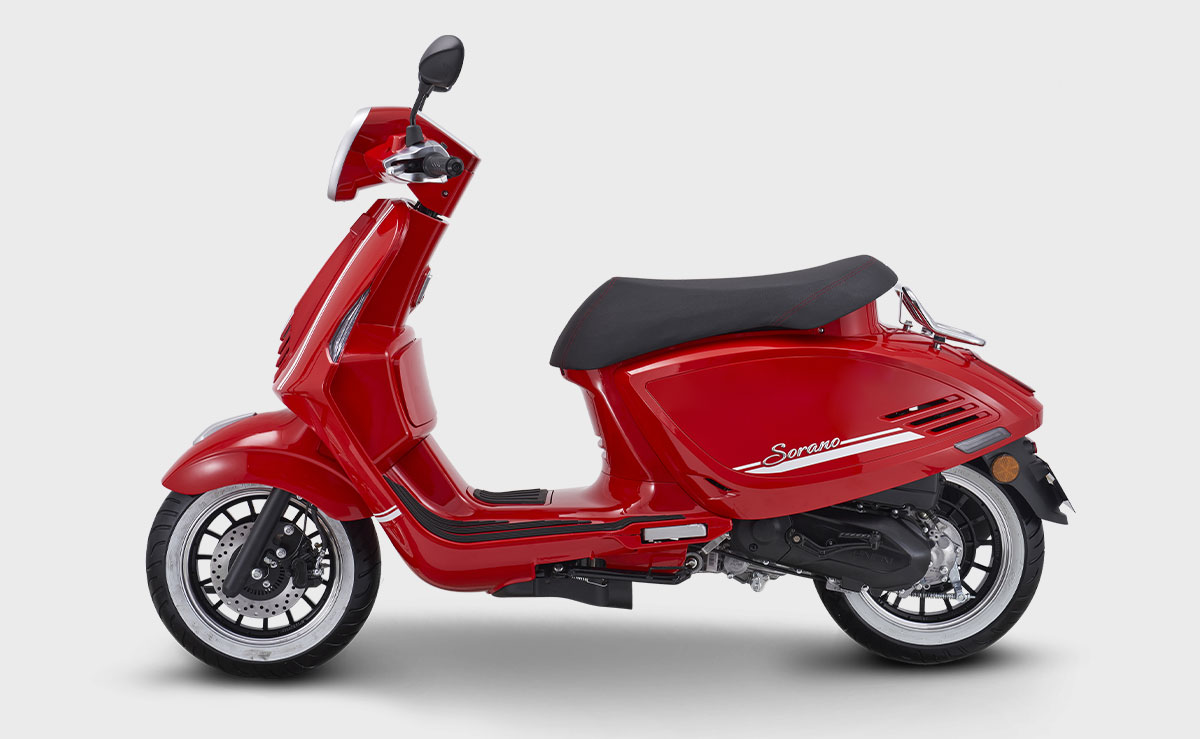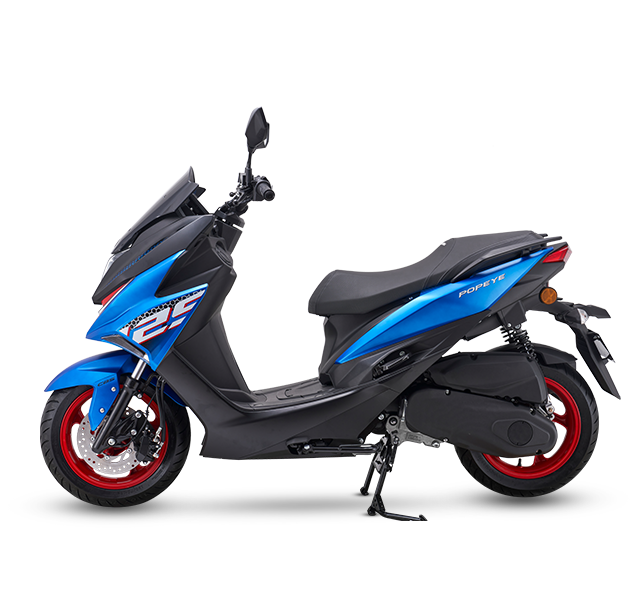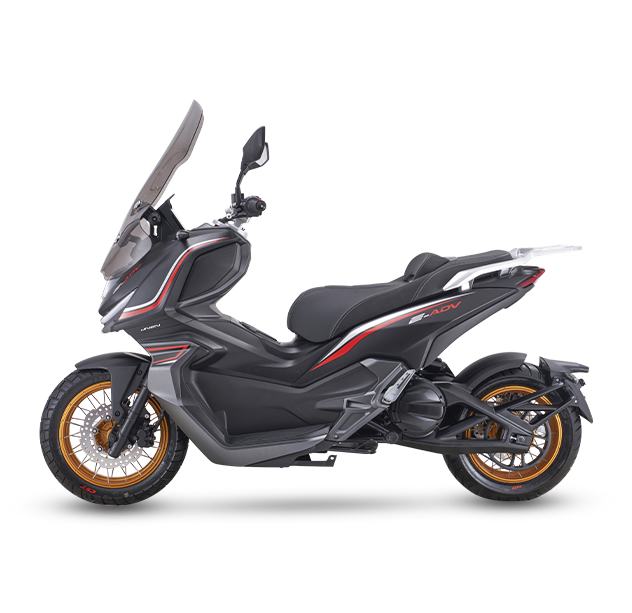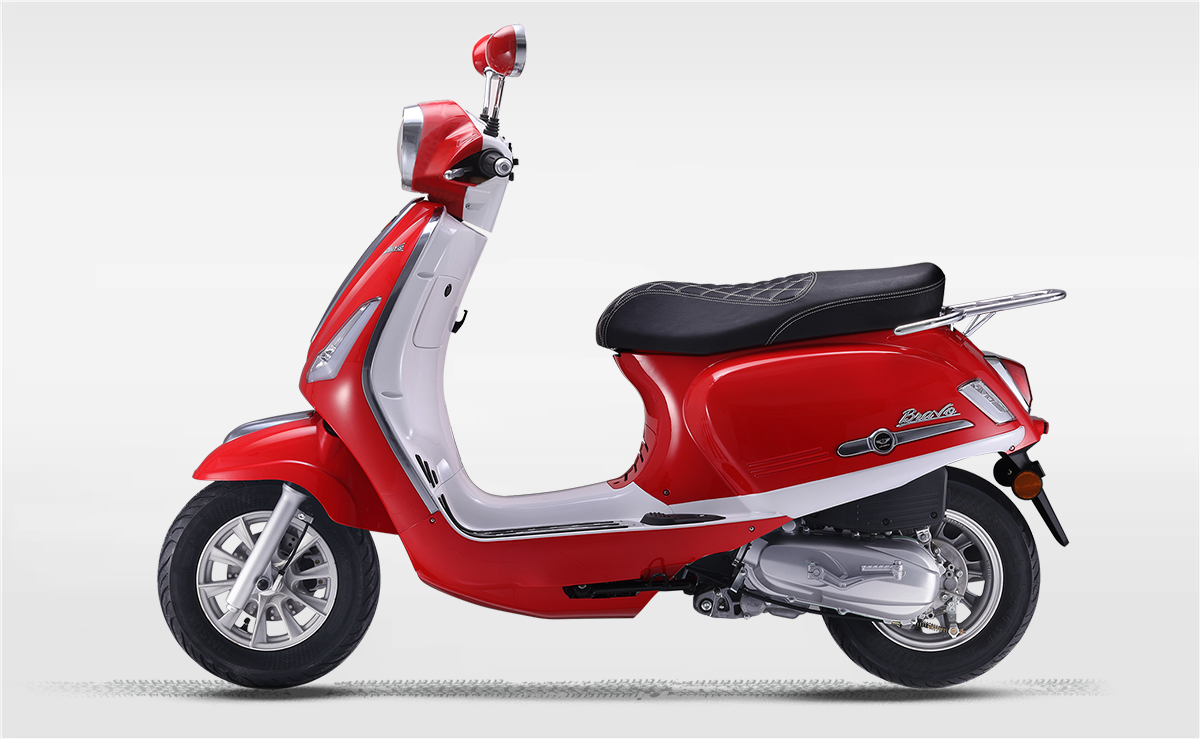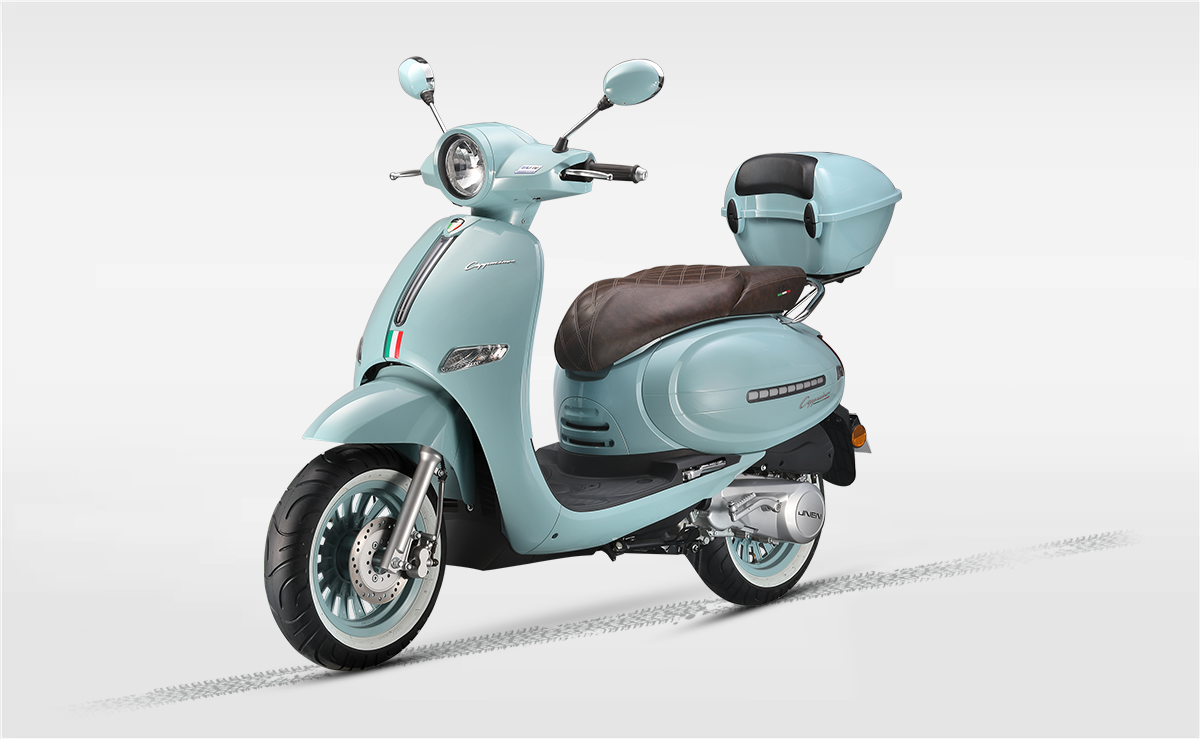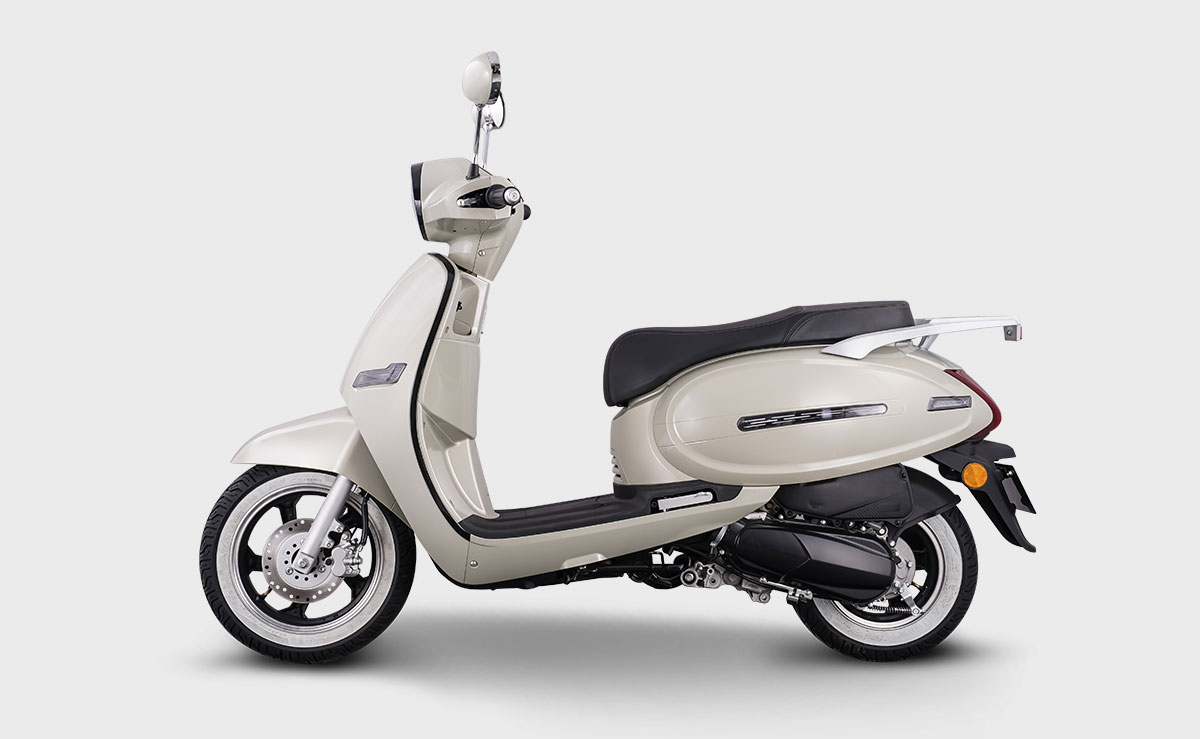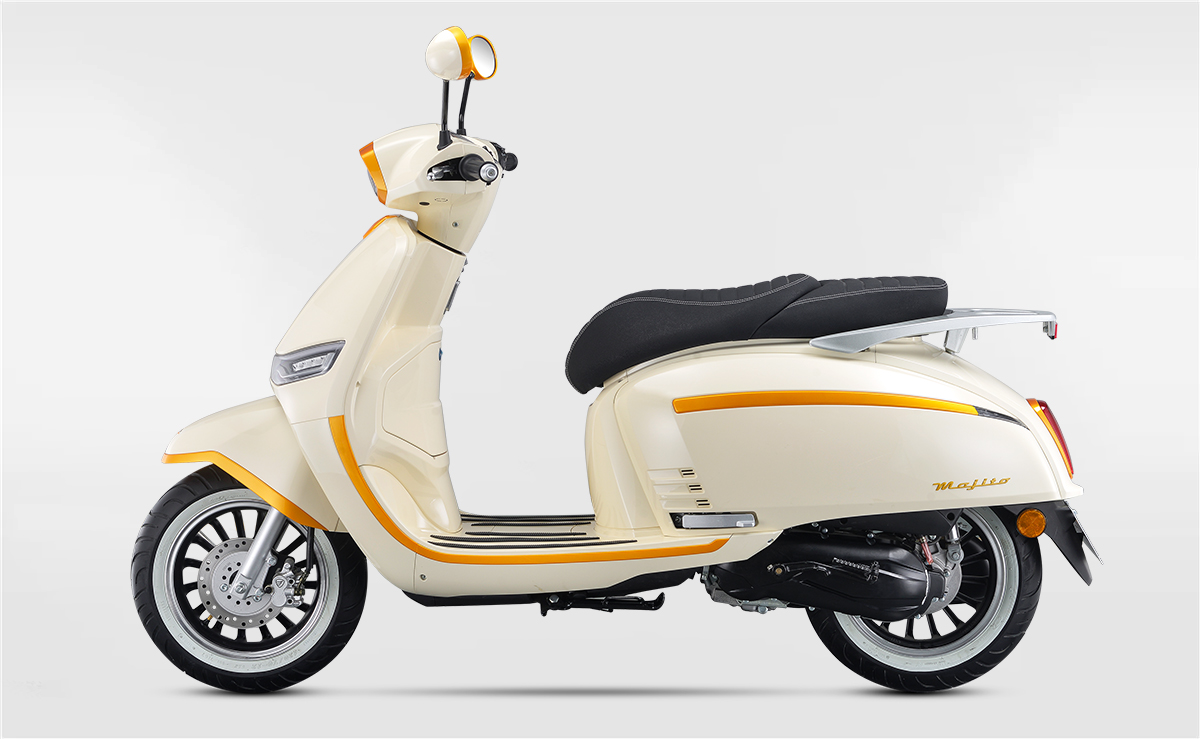How motorcycle engines work
Motorcycle engines work in the same way as car engines. The engine consists of pistons, a cylinder block, and a cylinder head, which contains the valve train. When the spark ignites the fuel-air mixture, it causes an explosion, pushing the piston up and down the cylinder block. The valves then open and close to allow the fuel-air mixture to enter the combustion chamber. The up and down motion of the piston drives the crankshaft to rotate, converting the energy of the piston into rotational motion. The rotational force of the crankshaft is transmitted to the rear wheel of the motorcycle through the transmission.
Motorcycles can have 1-6 cylinders. For many years, the V-twin design has been the choice of American, European and Japanese motorcycle engineers. The V-twin gets its name from the fact that the two cylinders form a V-shape, such as the classic Harley-Davidson V-twin engine shown below. Note the 45° in the Harley-Davidson V-twin, other manufacturers may vary this angle to reduce vibration.
A V-twin is just a way of arranging two cylinders. If the pistons are to be opposed to each other, an inverse twin design should be selected when arranging the cylinders. A parallel-twin engine, on the other hand, places the pistons side by side vertically.
Currently, the most popular design is a four-cylinder. This design runs smoother and revs faster than a two-cylinder engine. The four cylinders can be placed side by side, or arranged in a V-shape with two cylinders on each side of the V-shape.
 Maroc
Maroc



 English
English 中文简体
中文简体 Español
Español